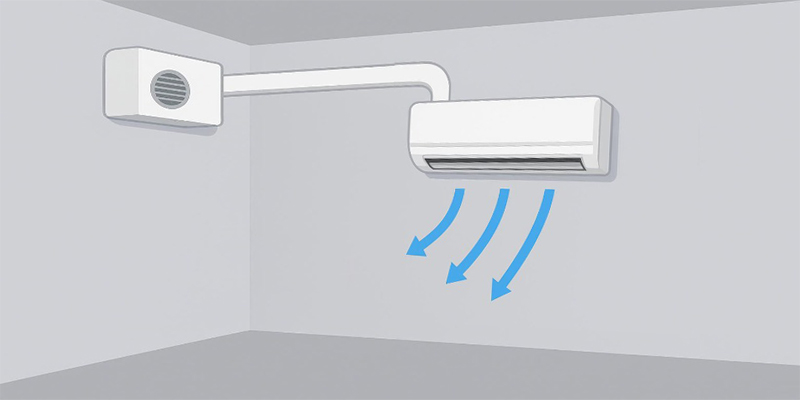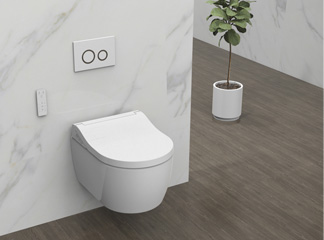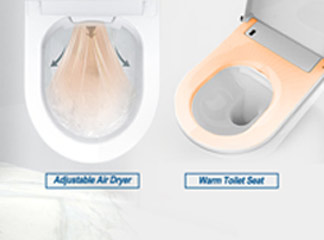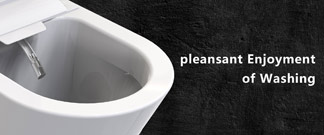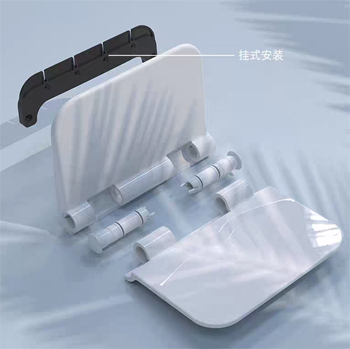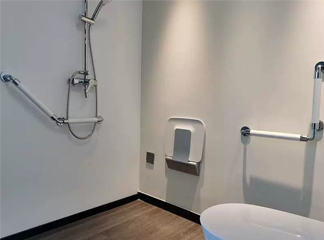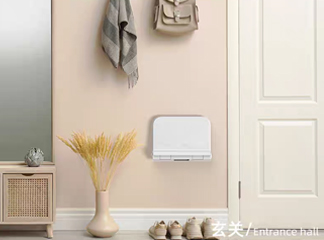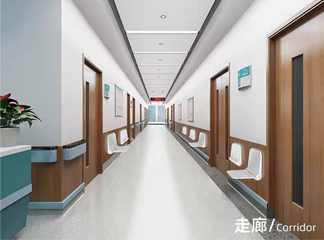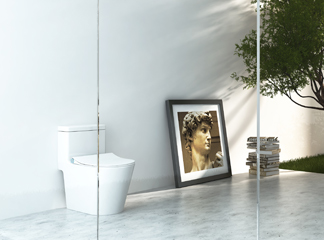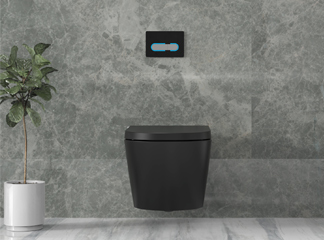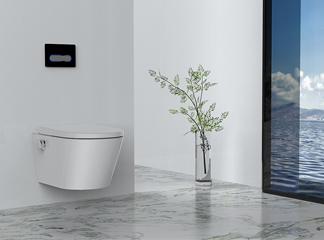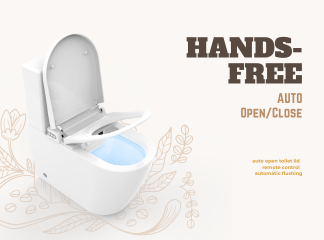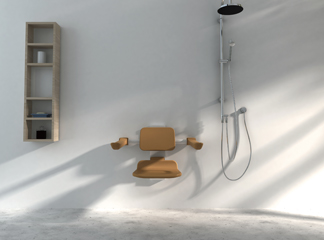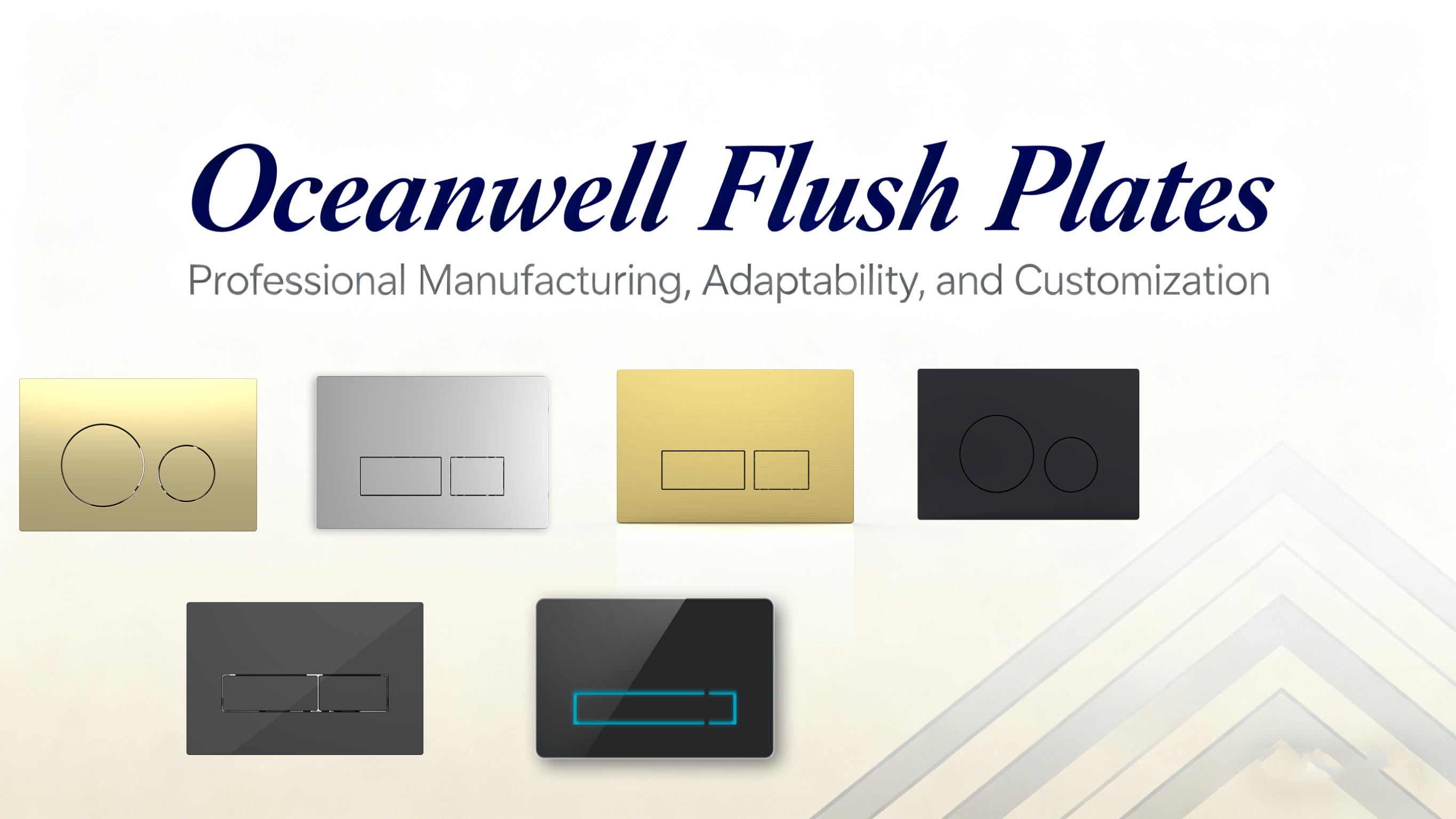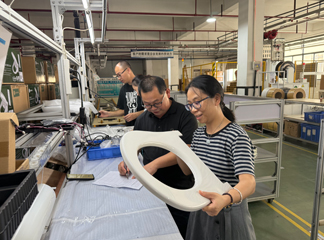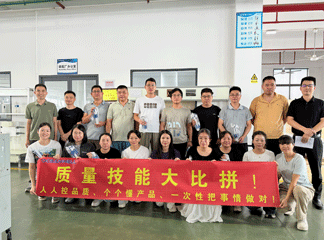In the global sanitary ware market, concealed toilet cisterns have become a mainstream choice for modern bathrooms, thanks to their space-saving design, sleek appearance, and enhanced user experience. For procurement professionals, distributors, DIY supermarket buyers, and cross-border e-commerce sellers across Europe, India, the Middle East, and beyond, selecting a reliable concealed toilet cistern supplier is crucial to business success. This guide not only outlines the key factors to consider when procuring concealed toilet cisterns but also highlights why Oceanwell, a leading manufacturer in the industry, is the ideal partner for your procurement needs.
Key Factors to Evaluate When Procuring Concealed Toilet Cisterns
Procuring concealed toilet cisterns requires a comprehensive assessment of multiple aspects to ensure the products meet market demands, quality standards, and long-term business goals. Here are the core factors that every procurement professional should prioritize:
1. Product Quality and Certification
Quality is the cornerstone of any successful procurement decision. Concealed toilet cisterns are installed within walls, making maintenance and replacement difficult. Therefore, the product must be durable, leak-proof, and compliant with international quality standards.
• Material Selection: High-quality cisterns are typically made of robust plastics (such as PP or ABS) that resist corrosion, aging, and high water pressure. Inferior materials may lead to cracks, leaks, or deformation over time, causing costly bathroom damages for end-users.
• Certification Compliance: Look for products with recognized certifications like CE. The CE mark ensures that the cistern meets the safety, health, and environmental protection requirements of the European Union, a critical factor for buyers targeting the European market. Oceanwell’s concealed cisterns all hold CE certification, guaranteeing compliance with strict EU standards.
2. Design and Functional Adaptability
Concealed toilet cisterns need to adapt to diverse bathroom layouts, toilet types, and user preferences. A supplier with flexible design capabilities can better meet your specific market needs.
• Installation Compatibility: The cistern should be compatible with both wall-hung and floor-standing toilets, as well as different carrier frame systems. For example, Oceanwell’s universal frame concealed cisterns (e.g., model CJ720 and CJ722) support front or top operation, making them suitable for various installation scenarios.
• Water Efficiency: With growing global emphasis on sustainability, dual-flush systems have become a must-have feature. Cisterns with adjustable dual-flush valves (e.g., 3/4.5L, 3/6L, 4/7L) allow users to save water, aligning with environmental regulations and consumer preferences. Oceanwell’s pneumatic dual-flush concealed cisterns excel in this aspect, offering both water efficiency and a smooth flushing experience.
• Space-Saving Features: Ultra-slim designs (such as Oceanwell’s 90mm depth concealed cistern) are highly sought-after in compact bathrooms. These cisterns integrate seamlessly with walls, maximizing available space while maintaining a modern aesthetic.
3. Customization (OEM/ODM) Capabilities
In a competitive market, offering unique products can help you stand out from competitors. A supplier with strong OEM/ODM capabilities can tailor products to your brand identity, market demands, and customer preferences.
• Design Customization: This includes customizing cistern dimensions, colors, flush button styles, and even adding brand logos. For example, if you target the high-end European market, you may need cisterns with a minimalist design and premium finishes. Oceanwell’s R&D team, equipped with proprietary innovation capabilities, can design products tailored to your specific market demands.
• Function Customization: Whether you need cisterns with special flushing mechanisms, anti-odor features, or compatibility with smart bathroom systems, a flexible supplier can accommodate these requirements. Oceanwell’s experience in manufacturing intelligent bathroom solutions (e.g., smart bidet toilets) enables it to integrate advanced functions into concealed cisterns as needed.
4. Production Capacity and Delivery Reliability
For both large-scale distributors and growing cross-border e-commerce sellers, consistent supply and on-time delivery are essential to avoid stockouts and maintain customer satisfaction.
• Production Scale: Evaluate the supplier’s factory size, production lines, and automation level. Oceanwell operates with advanced automation production facilities, ensuring high production efficiency and stable product quality. The company’s sufficient floor space (as indicated on its official website) supports large-volume orders, making it suitable for both medium-to-large buyers and growing small clients.
• Supply Chain Management: A well-managed supply chain ensures that raw materials are sourced reliably and production schedules are met. Oceanwell’s established supply chain network and quality control processes minimize production delays, ensuring that your orders are delivered on time, even for urgent requests.
5. After-Sales Service and Technical Support
Concealed toilet cisterns involve professional installation and potential maintenance issues. A supplier that provides comprehensive after-sales service and technical support can help you resolve problems quickly, reducing customer complaints and improving brand reputation.
• Technical Documentation: The supplier should provide detailed installation guides, maintenance manuals, and troubleshooting resources to assist your team and end-users.
• Warranty and Repair Services: A clear warranty policy (e.g., 5-year warranty on cistern bodies) demonstrates the supplier’s confidence in product quality. Oceanwell’s high-quality customer service team is available to address any issues, providing timely support for installation, repair, or replacement.
Why Oceanwell Is the Preferred Choice for Global Concealed Toilet Cistern Buyers
When it comes to procuring concealed toilet cisterns, Oceanwell stands out as a reliable, innovative, and customer-centric partner. Here’s a detailed look at the company’s core advantages that align with the needs of global buyers:
1. Oceanwell offers a wide range of concealed cisterns to meet diverse market needs, ensuring that you can find the perfect products for your target audience:
• Pneumatic Concealed Cisterns: These cisterns feature a pneumatic system that provides a unique, smooth pressing feeling, enhancing user experience. Models like the OEM good quality universal frame concealed cistern and the ODM Good Quality Dual Flush Pneumatic Concealed Cistern are ideal for buyers seeking reliability and comfort.
• Universal Frame Cisterns: Designed for wall-hung WCs, models such as CJ720 and CJ722 support front or top operation, offering flexibility in installation. The wholesale universal European style concealed cistern (model CJ722) with a thickness of 135mm is a popular choice for European buyers due to its compatibility and space-saving design.
• Ultra-Slim Concealed Cisterns: Oceanwell’s wall-hung toilet slim concealed flushing cistern (90mm depth) is perfect for compact bathrooms. It features seamless wall integration, dual-flush buttons for water efficiency, and universal compatibility with major WC brands, making it a versatile option for global markets.
• Customized Cisterns: Whether you need a concealed cistern with a dual flush valve, plastic fittings, or compatibility with floor-standing toilets, Oceanwell’s OEM/ODM services can bring your vision to life.

2. Commitment to Sustainability: A Greener Choice for the Future
In today’s market, sustainability is no longer a trend but a necessity. Consumers and businesses alike are increasingly prioritizing eco-friendly products and suppliers. Oceanwell’s dedication to sustainable practices not only helps protect the environment but also enhances your brand image among environmentally conscious customers.
3. Advanced R&D and Innovation Capabilities
To stay ahead in the rapidly evolving sanitary ware market, continuous innovation is essential. Oceanwell’s strong R&D team and proprietary innovation capabilities ensure that its products remain at the forefront of technology and design:
• Proprietary Technology: The company invests in research and development to create unique features that enhance product performance and user experience. For example, Oceanwell’s intelligent toilet bidet seats (a complement to its concealed cisterns) incorporate smart warm water washing functions, showcasing the company’s expertise in integrating advanced technology into bathroom products.
• Market-Driven Innovation: Oceanwell’s R&D team closely monitors global market trends and customer needs, ensuring that its products are always aligned with the latest demands. Whether it’s developing ultra-slim cisterns for compact bathrooms or integrating smart features for the high-end market, the company’s innovation efforts are focused on solving real-world problems for buyers and end-users.
• Patent Protection: Oceanwell holds multiple patents (as indicated on its official website), a testament to its commitment to innovation and intellectual property. By partnering with a patent-protected supplier, you can avoid legal risks and ensure that the products you sell are unique and legally compliant.
Conclusion
Procuring concealed toilet cisterns requires careful consideration of quality, design, customization, production capacity, and after-sales service. By choosing a trusted partner like Oceanwell, you can access high-quality, compliant, and innovative products that meet the needs of your target markets. With its strong global presence, comprehensive product portfolio, sustainable practices, and customer-centric approach, Oceanwell is well-equipped to support your business growth and help you succeed in the competitive global sanitary ware market.
Contact Oceanwell today via https://www.oceanwellxm.cn/ or sales08@oceanwellxm.com to start your procurement journey and elevate your bathroom product offerings.


